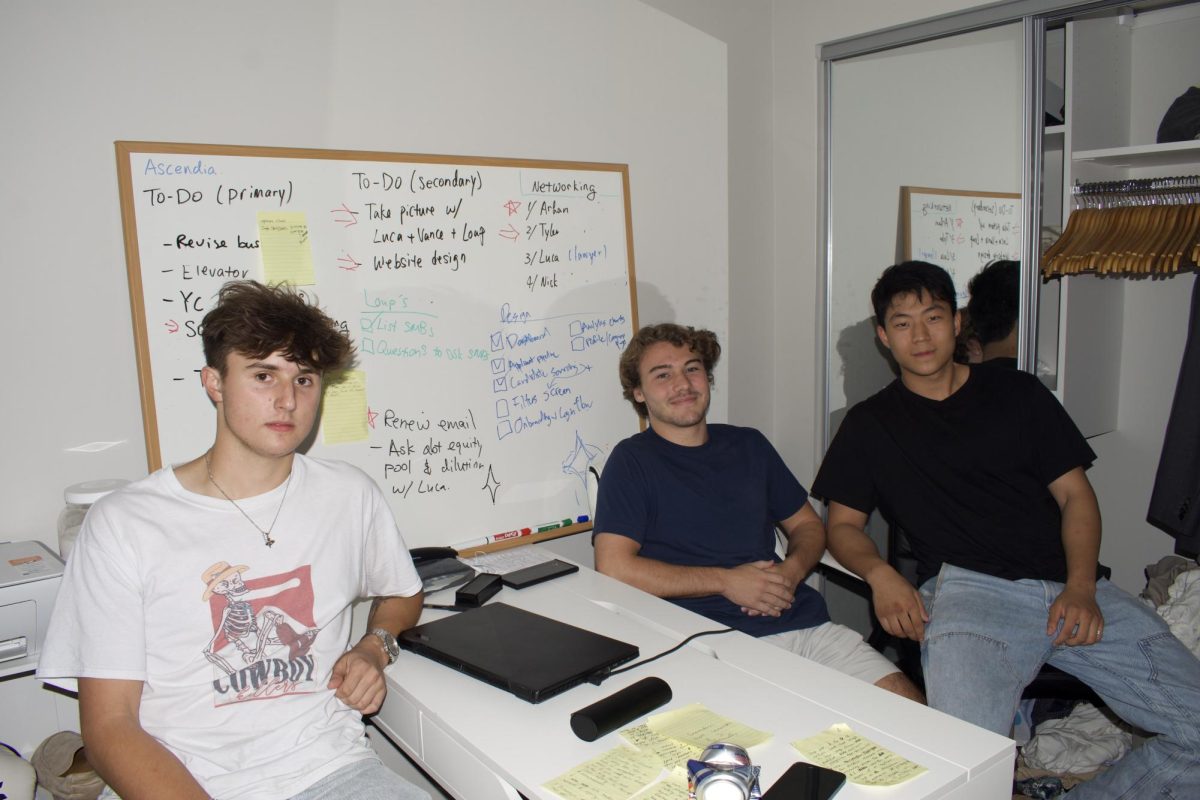
First through simple automation, like self-checkouts and Roombas, and now through artificially intelligent personal assistants like Alexa and Siri, robots have — for better or worse — become a part of 21st century daily life, and, by extension, our economy.
Modern companies have capitalized on the efficiency of robots, often using them to perform tasks that once employed the labor of human workers. The possibility of robots replacing human employees en masse has even garnered a name: the “Robocalypse.”
In a paper titled “Robots and Jobs: Evidence from US Labor Markets,” Massachusetts Institute of Technology professor Daron Acemoglu and Boston University professor Pascual Restrepo found that each industrial robot companies use eliminates roughly six human jobs.
In early 2018, Acemoglu and Restrepo published a second paper titled “Artificial Intelligence, Automation, and Work,” specifically discussing the displacement effect, where tasks once performed by humans are delegated to machines. Over time, Acemoglu and Restrepo write, the need for manual labor may be lost under the blanket of robotic capabilities.
Daniel Rock, MIT Sloan Ph.D. candidate and researcher at the Initiative on the Digital Economy, said he believes different types of jobs will be generated by the “Robocalypse.”
“You hear about folks saying 40 to 50 percent of our jobs will be taken over, but this is not the case,” Rock said, in an interview with The Daily Free Press. “The right way to think about it, at the task level, is that jobs will become bundles of tasks.”
In the past, humans have thrived on technological progress, said Jeffery Furman, a professor at BU’s Questrom School of Business.
“Automation in tasks has been a standard in economic activity since tools have been invented,” Furman said. “It was early agricultural tools and machines that freed people from menial tasks and enabled the industrial revolution. Historically, almost all of the economic activity was repurposed to new things.”
Nevertheless, Furman said, he does recognize the potential economic downsides of rapidly advancing robotic technology.
“Some [robotic technology] will be complements to human input and some will serve as substitutes for human action,” he said. “In radiology, there is algorithm assistance diagnosis present for breast cancer. This enhances the speed at which radiologists read and may have also increased accuracy. In the future, however, this may decrease the need for radiologists.”
Neil Patel, a sophomore in BU’s College of Engineering, said the most attractive feature robots have is their vast superiority in efficiency compared to humans.
“A huge pro in the advance in the abilities of robots is that they can solve problems much faster than a human brain can,” Patel said.
Terry Chan, a researcher at BU’s Robotics Lab, said robots still face many practical limitations that would prevent them from dominating certain industries.
“Even if the technology is there, there are still social and legal problems,” Chan said. “For example, autonomous cars will not get commercialized because of the danger involved and the legal concerns of companies.”
Robots also cannot fully replace the comfort human contact provides, Rock said.
“There’s a plethora of social and legal issues that are going to be a big part of the fabric of Artificial Intelligence,” Rock said. “Technology is able to do some great things but there is also the question of whether you feel comfortable with a robotic surgeon or having your airplane piloted by a robot.”
While the movement toward increasing use of robotics will inevitably cause changes in what kind of jobs are available, Rock said, that might not be for the worst.
“If you told people in the height of the industrial revolution that there would be graphic design jobs in the future, they would not believe you,” Furman said. “There is optimism in this movement despite the tremendous uncertainty.”
Hannah Shearer contributed to the reporting of this article.


























































































































